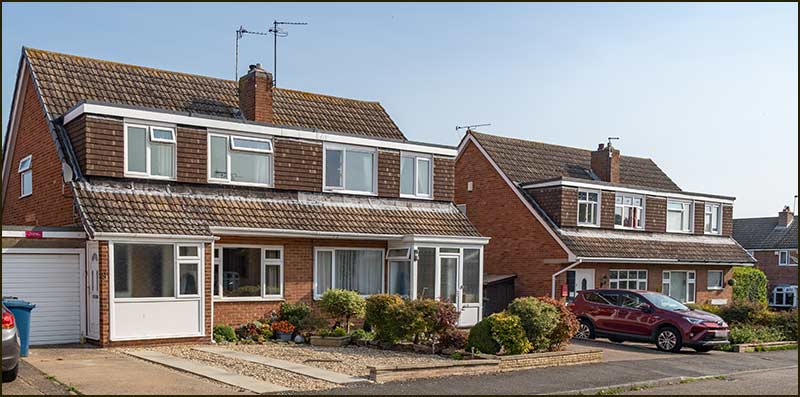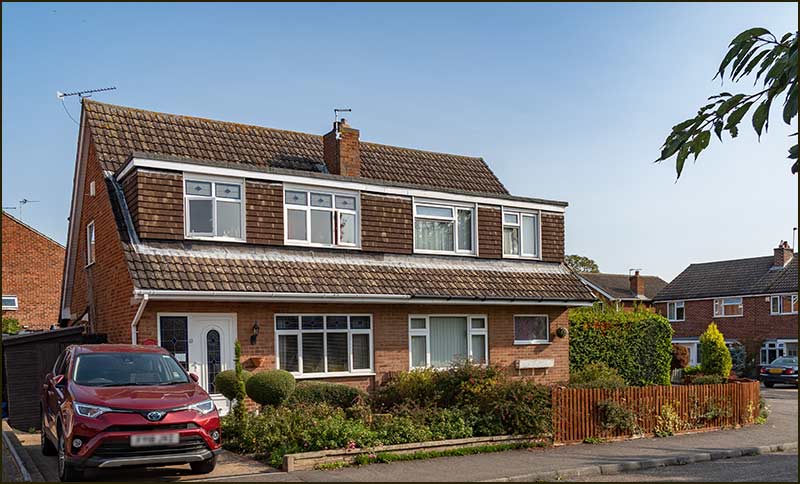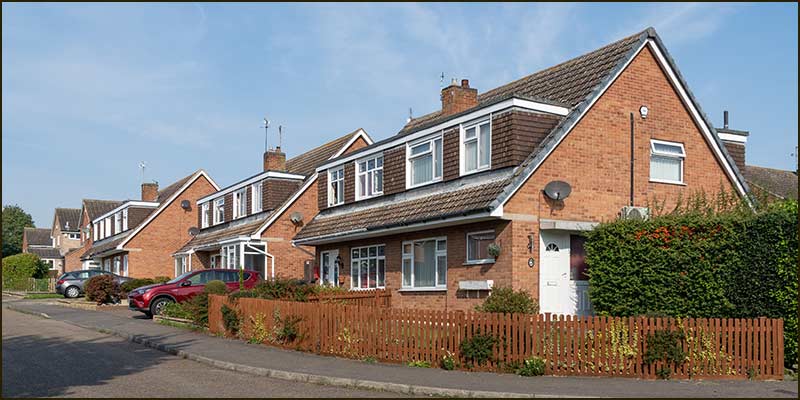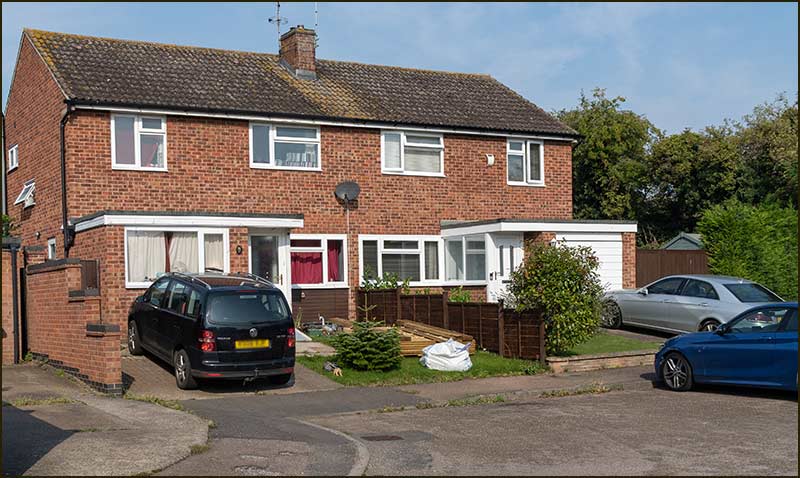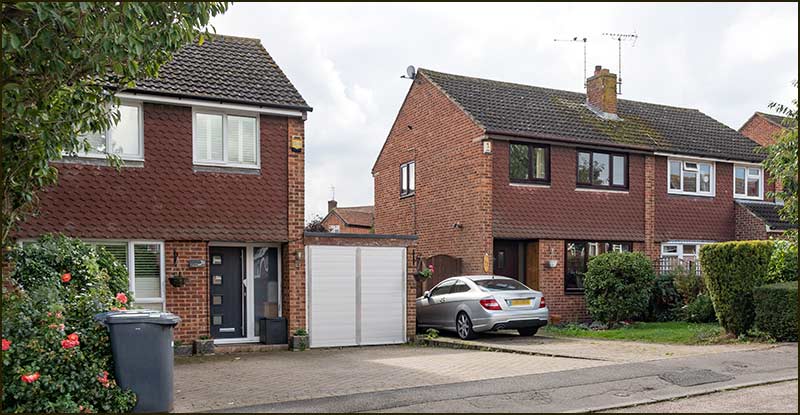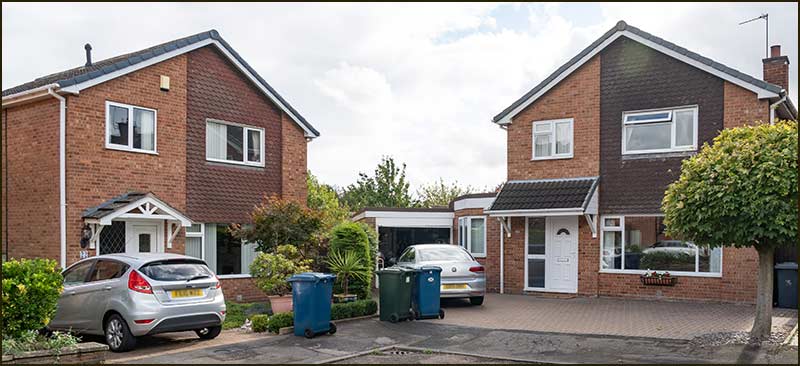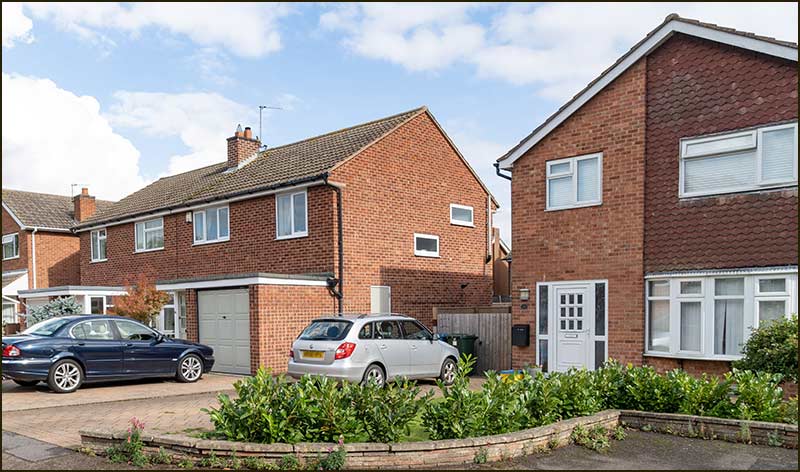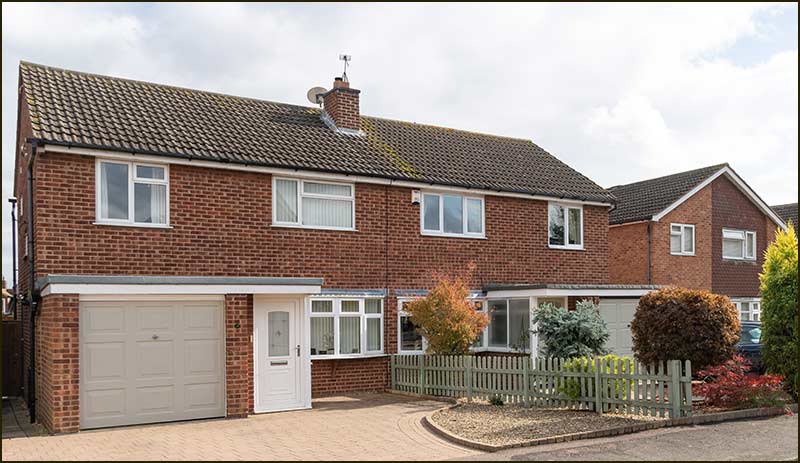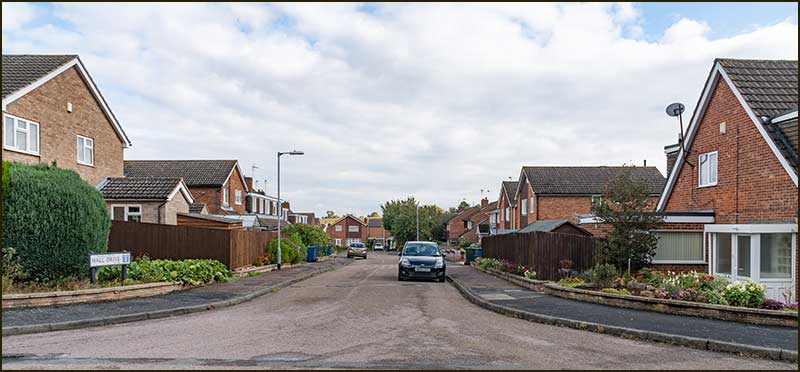Cropwell Bishop Streets: — Hall Drive (16-10-20)

We lived on Hall Drive for 40 years and in all that time I believed that the street got its name from the farm that used to be in the field where Springfield Close now is. It was called Old Hall Farm and Hall Drive pointed towards it – it seemed obvious.
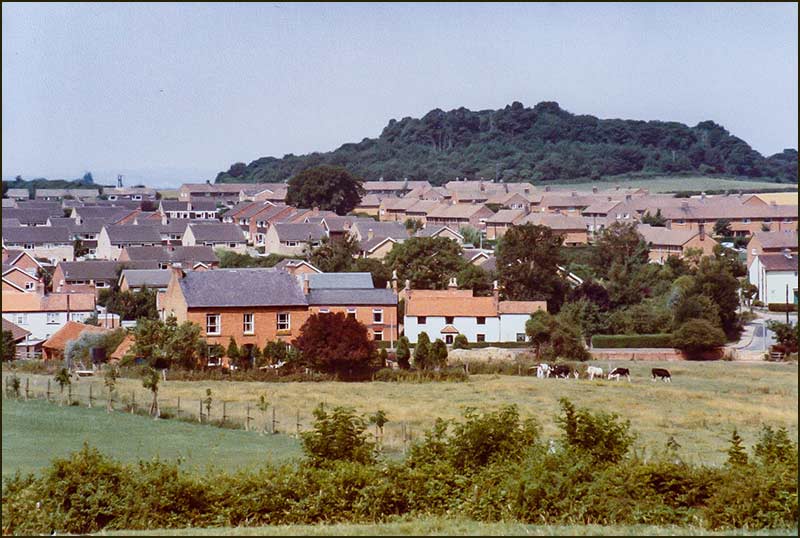
The farmhouse is in the foreground on the left; just above its roof are the tops of houses on Hall Drive.
It will not surprise you when I say that I was totally wrong. As you are probably aware, Cropwell Bishop streets are, by and large, named after people.
So, with that in mind, I knew I only had to search for a notable person named Hall. Surely, that wouldn’t prove difficult.
I had heard of Vic Hall, who had lived at The Yews farmhouse on Nottingham Road. I discovered that he had done a lot for the village community and so seemed a deserving character to have a street named after him.
Whilst gathering information on him, alarm bells began to sound.
First, he died in 1975 which was 2 years after Hall Drive was built: no other street was named after a living person.
Second, he was a Parish Councillor himself at the time they would have been choosing names.
Third, he hadn’t owned farmland in 1804 whereas most other people with streets named after them, had.
I had to start my search again.
I needed to look again at the 1804 map of the village which shows the owners of all the fields in the Parish. I have gained the impression that the Parish Councillors of the 1970s did exactly the same thing when faced with giving names to the tens of new roads being built in the village at that time.
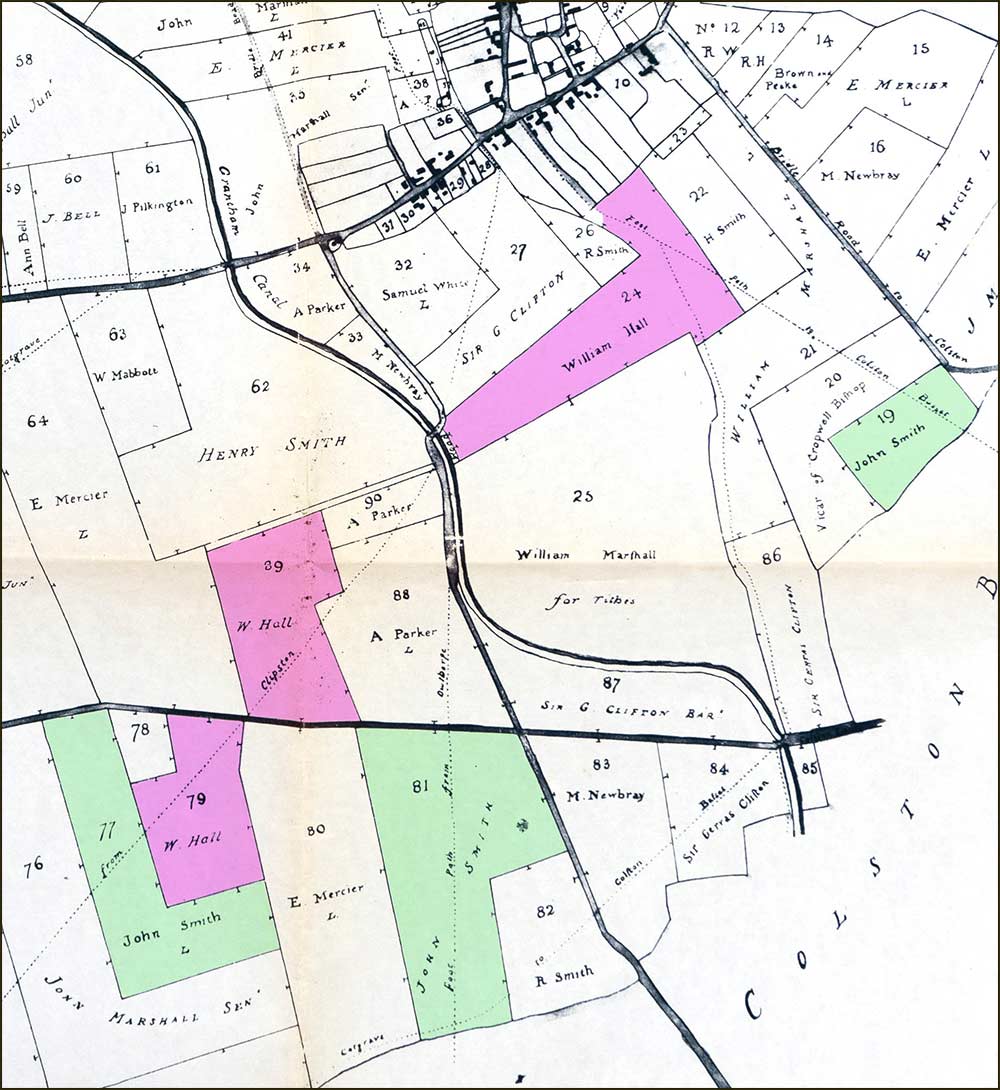
There are 3 fields labelled W. Hall – a promising start. Now I only had to find out something about him.
For tasks like this, the resources I find most useful are: ‘The Chronicles of Cropwell Bishop’ booklet by Aubrey Harper, ‘Our Local History’ booklet by Anne Terzza, ‘St Giles Churchyard Survey’ by Denis and Edith Smith, ‘Ancestry’ online, and the people who live in Cropwell Bishop today.
I often find it useful to start by constructing a family tree. Once you start linking the people, dates, and information in, say, Census documents (if you can read the fancy writing!), many things become clearer.
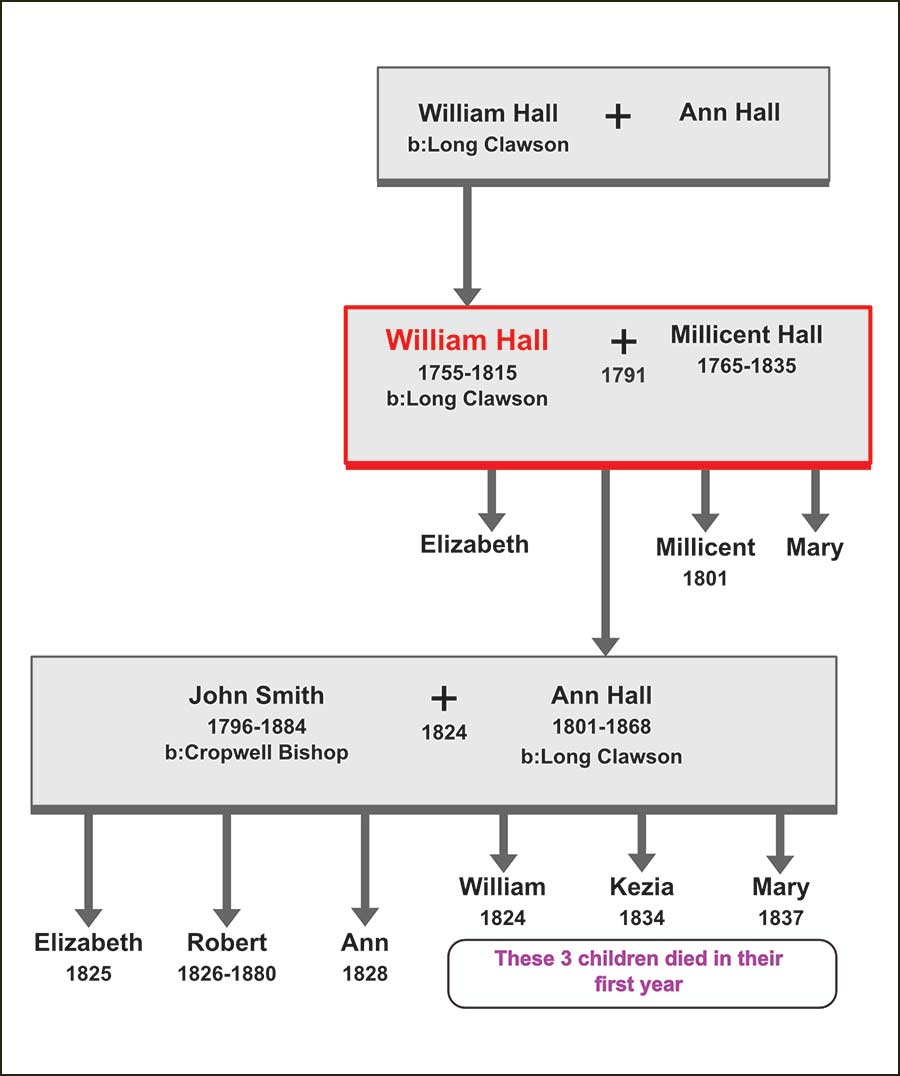
On the other hand, some things become more confusing. When that happens, you have to search contemporary Trade Directories, take photographs of gravestones, study history books, and so on. Only then do things start coming together – helped by a bit of imagination or guesswork.
The ‘W. Hall’ on the 1804 map stands for William Hall. He was a farmer and lived in a house on Fern Road. The house no longer exists but another stands in its place.
The farmhouse was located opposite where the Old School now stands and was probably already over 100 years old then. It was demolished in the 1960s and replaced with a new house by farmers Tom and Kate Barlow. It had become known as ‘Crumbling Towers’ and was in need of replacement.
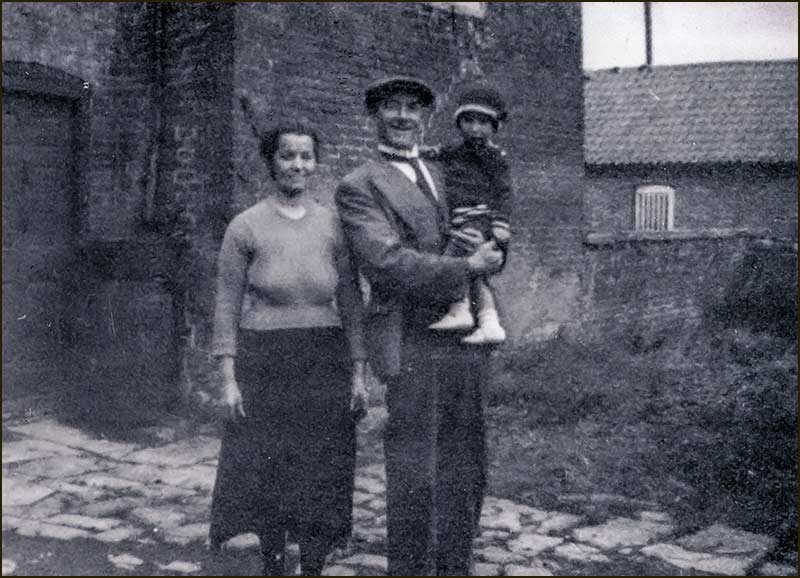


The map below shows, in yellow, the plot that the farmhouse occupied. It also shows, in pink, one of the fields that William Hall was allocated in the 1804 Enclosure Act. Being allocated some land that butted up to his farmyard was not a matter of luck.

When the Enclosure Commissioners made land allocations, one aim was to ensure that some of a farmer’s land adjoined their farmyard.
At that time, it was normal for farmhouses and their outbuildings to be located near the village centre; isolated farmsteads only appeared after Enclosure. It made sense to enable farmers to travel from farmyard to land without going on public roads.
So much for William’s farmhouse, what about his background and family.
He was born in Long Clawson in 1755. Before we examine his life, let’s just absorb how long ago 1755 is.
The English Colonies in North America were prospering, 1½ million people lived there and it would be another 20 years before they fought for independence. Richard Arkwright invented a machine to spin cotton and a condensing steam engine was invented in Scotland.
Meanwhile, in nearby village Long Clawson, William and Ann Hall had a child, William Hall, the person we are interested in.
William grew up in Long Clawson and when he was 36, he married Millicent (maiden name unknown) in 1791. They married in Long Clawson and continued living there until 1801 when we know their 3rd daughter were born there.
William owned a house and bakehouse at Long Clawson but moved to the farmhouse on Fern Road in Cropwell Bishop around 1801. Imagining a character who lived over 200 years ago is not easy, but the footprints of his life can be detected with a bit of effort.
He made his will in 1815 when he was 70 years old. He died just a few months later, all of which suggests he knew he had a fatal illness.
From the items in his will, we know that he had become a very wealthy man. To each of his 4 daughters he left both a house and over 20 acres of land.
To his wife he left a house and bakehouse at Long Clawson, and a farm at Colston Bassett. Both were to be held in trust by fellow farmers until Millicent decided otherwise. Millicent also inherited their current house and property.
At the time of his death, his daughters were teenagers so probably continued living at home with their mother, Millicent.
Of the 4 girls, we know most about the second eldest, Ann.
Nine years later, in 1824, she married Cropwell Bishop man John Smith and they began their married life together at The Yews farmhouse on Nottingham Road.

John was also wealthy and, in time, both he and Ann would inherit more land and property and move on to another grand house. In 1850 they were the biggest land owners in the village. But that is another story and will be covered in another Street Story.
Millicent Hall was only 50 at the time of William's death and she continued to farm for the next 20 years until her death at the age of 70. As a lady farmer, she became known as 'Madam Hall'.
Hall Drive was built by Wimpey in 1973-74 and as a housing plot was sold, the builders would allocate all their resources to complete that house – not just to please the buyer, but also to get their money in.
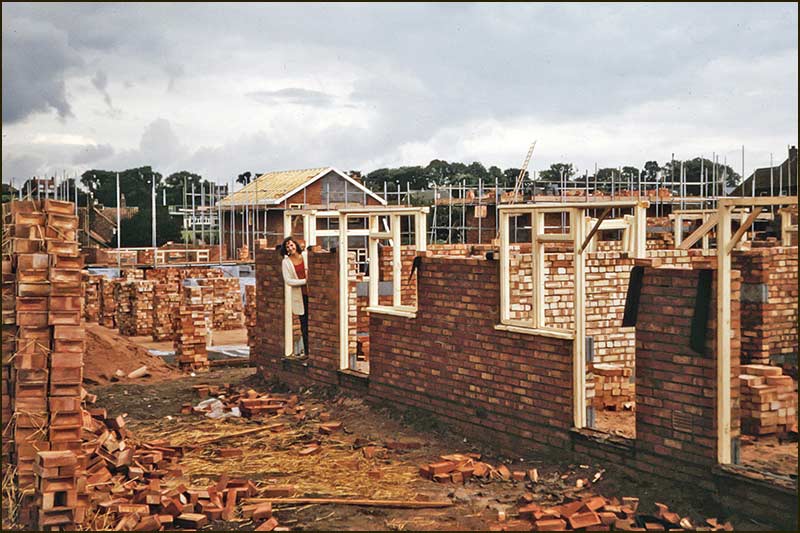
This could result in the haphazard completion of houses on a road with unbuilt homes standing next to occupied ones. As a result, there were at least 12 months between the first and last family arriving.
Ian and Rita Smith were the first to move in and are still there, 47 years later.
In 1977 it was Queen Elizabeth's Silver Jubilee and people all around the country celebrated with street parties. Hall Drive residents made banners and stretched them across the road from upstairs windows. At the bottom of the street tables of food and drink were laid out for an evening of partying and dancing in the street
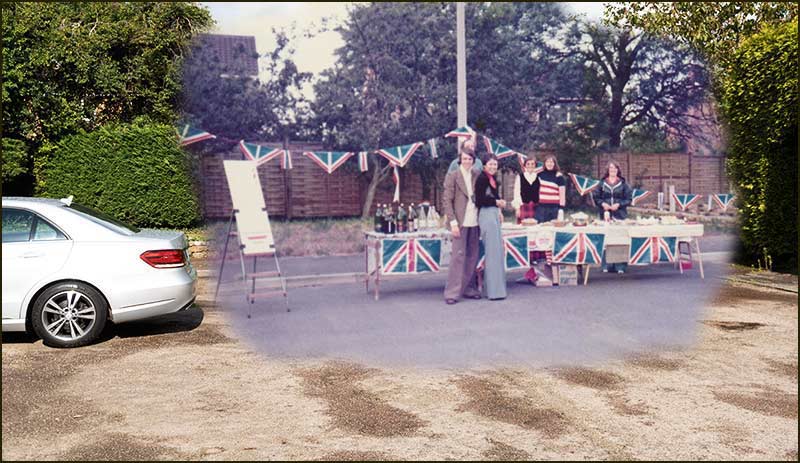
Merged with 2020 photo of the same spot. 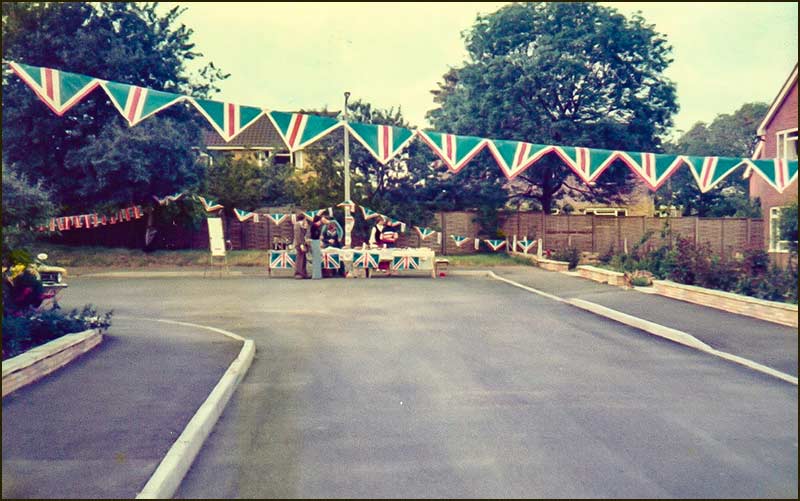
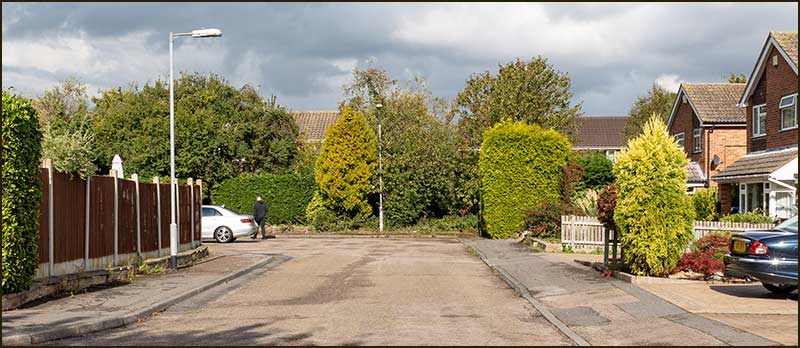
In the coming years, more new roads will be built in Cropwell Bishop. I wonder how Parish Councillors will approach their task of allocating street names.
Tony Jarrow
Note:
Thanks to Anne Terzza, Pam Barlow, John Greenwood and Kate Barlow for their help with this article.
This is Hall Drive September 2020....


